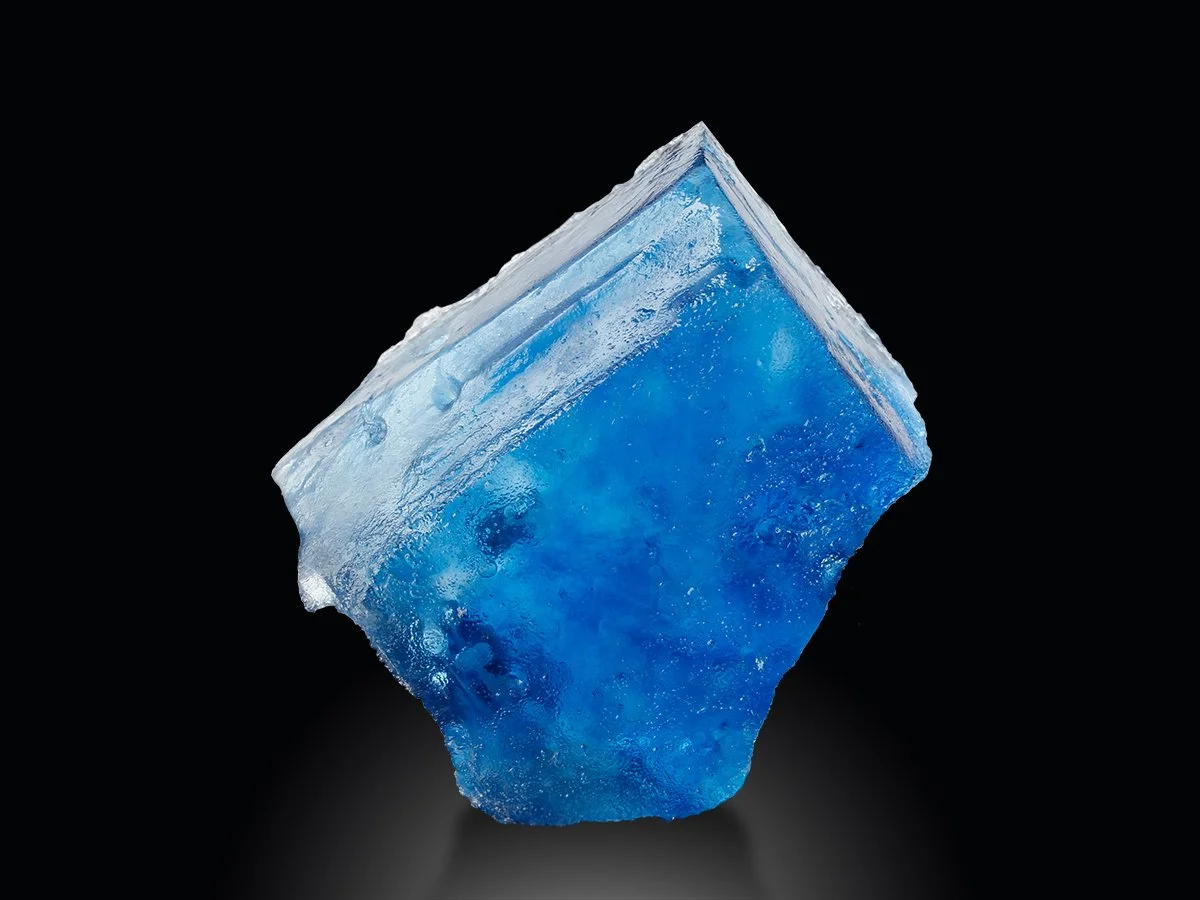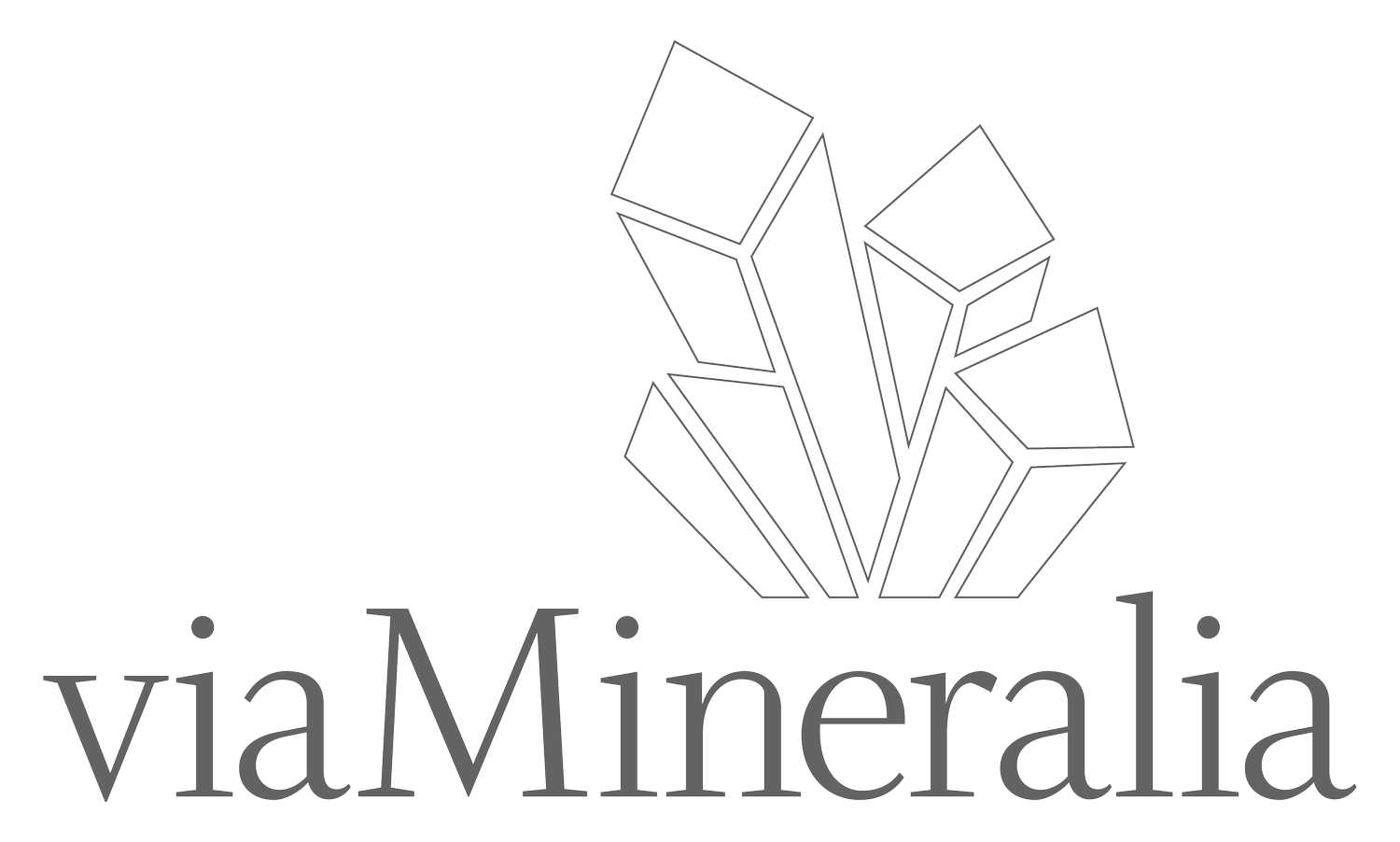Halite (M182)
Germany


LOCATION
Bergmannssegen potash mine, Lehrte, Hanover Region, Lower Saxony, Germany
SIZE
44 x 37 x 23 mm
DESCRIPTION
The blue color of halite is linked to crystal lattice defects. These areas are called color centers. They are caused by natural radioactivity, probably as a result of the radioactive decay of potassium-40 ions. I didn´t use any backlight for my photos - this is the natural color under daylight and you even see this intense vivid blue when the piece is lying in a box.


